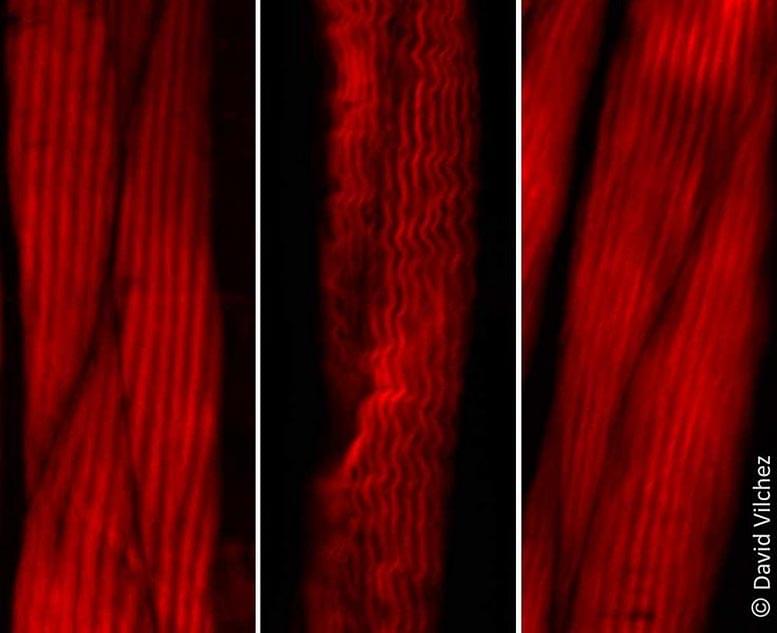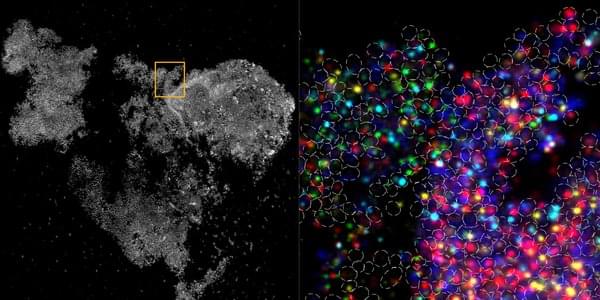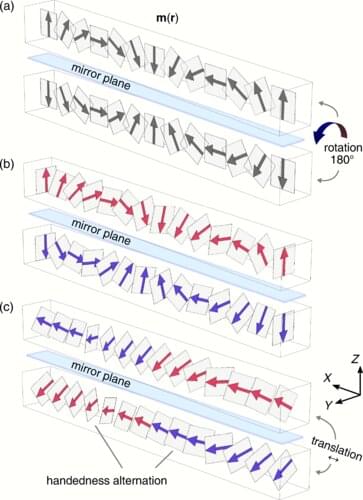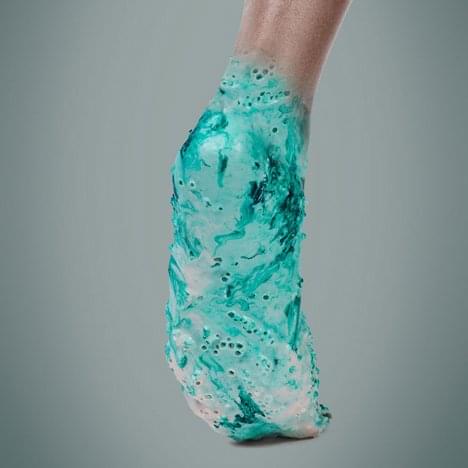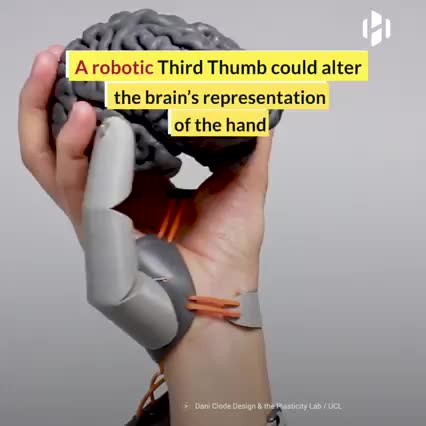Physics World
An ultra-precise quantum sensor based on trapped beryllium ions is up to 20 times better at detecting weak electric fields than previous atomic devices. By introducing entanglement between the collective motion of the ions and their electronic spin, a collaboration led by the US National Institute of Standards and Technology (NIST) demonstrated that the ion displacement sensitivity in the presence of an electric field was an order of magnitude greater than for classical protocols with trapped ions. With further improvements, the technology could even be used in the search for dark matter.
Quantum sensors can detect and measure signals that are undetectable with their classical counterparts. They are thus a promising tool in many areas of fundamental science, including biological imaging as well as physics. Of the many different systems being pursued as quantum sensors, trapped ions could be particularly favourable due to experimenters’ precise control over their parameters and their ability to introduce entanglement into the system.
The Ion Storage Group at NIST, led by John Bollinger, decided to exploit these properties for measuring very weak electric fields. “We realized our ion crystal can be incredibly sensitive to electric fields,” explains Kevin Gilmore, a former graduate research assistant at NIST and the lead author of a paper describing the research. “We found a protocol that exploits our ability to produce quantum entangled states and is very sensitive to small displacements of the ions driven by weak electric fields. It’s a neat demonstration of how quantum effects can be used to gain an advantage over classical systems.”



